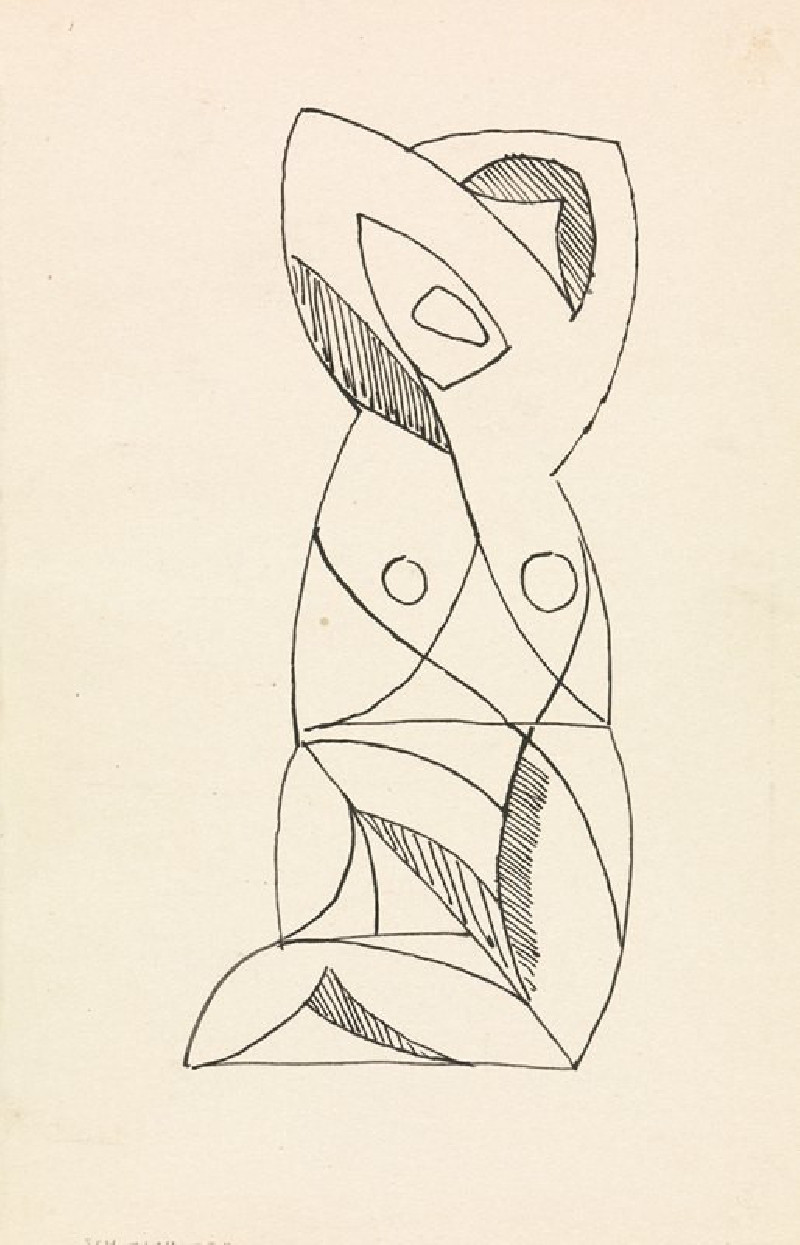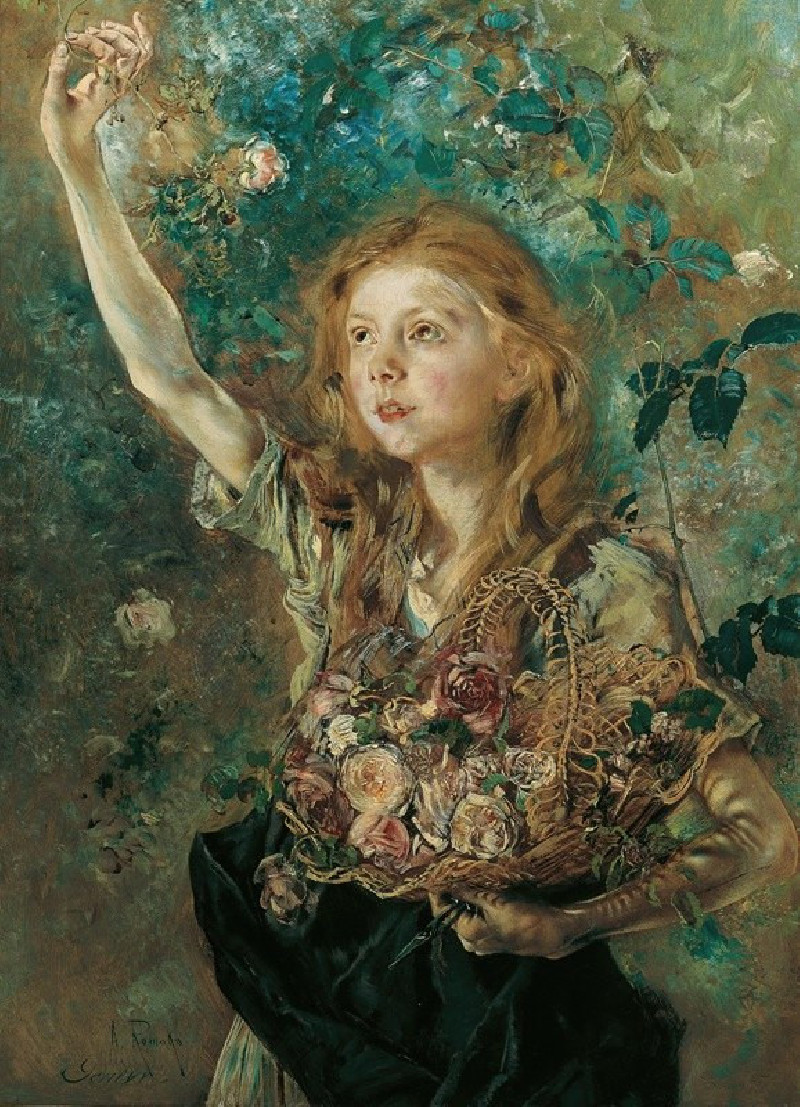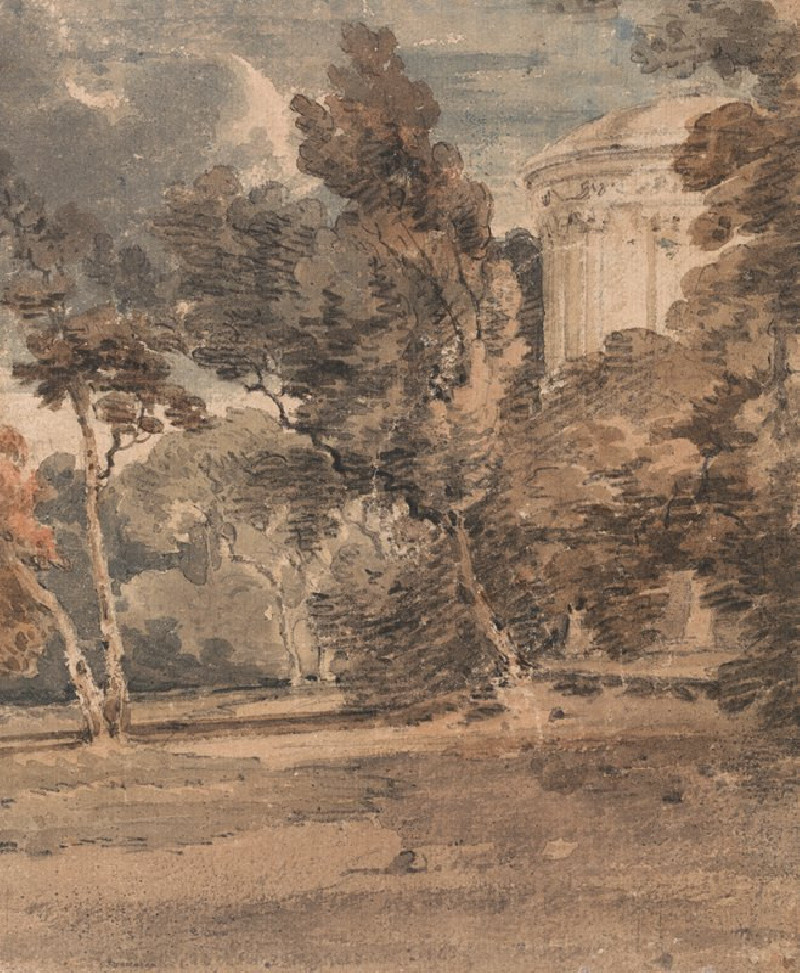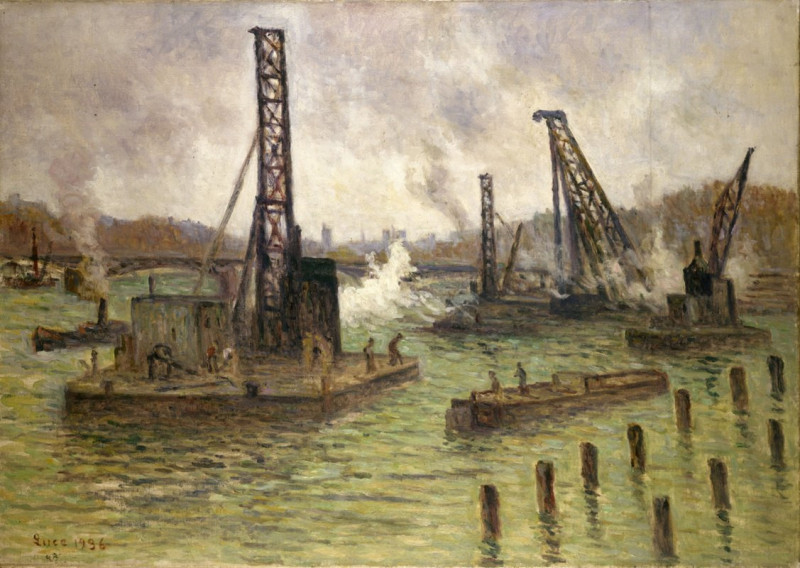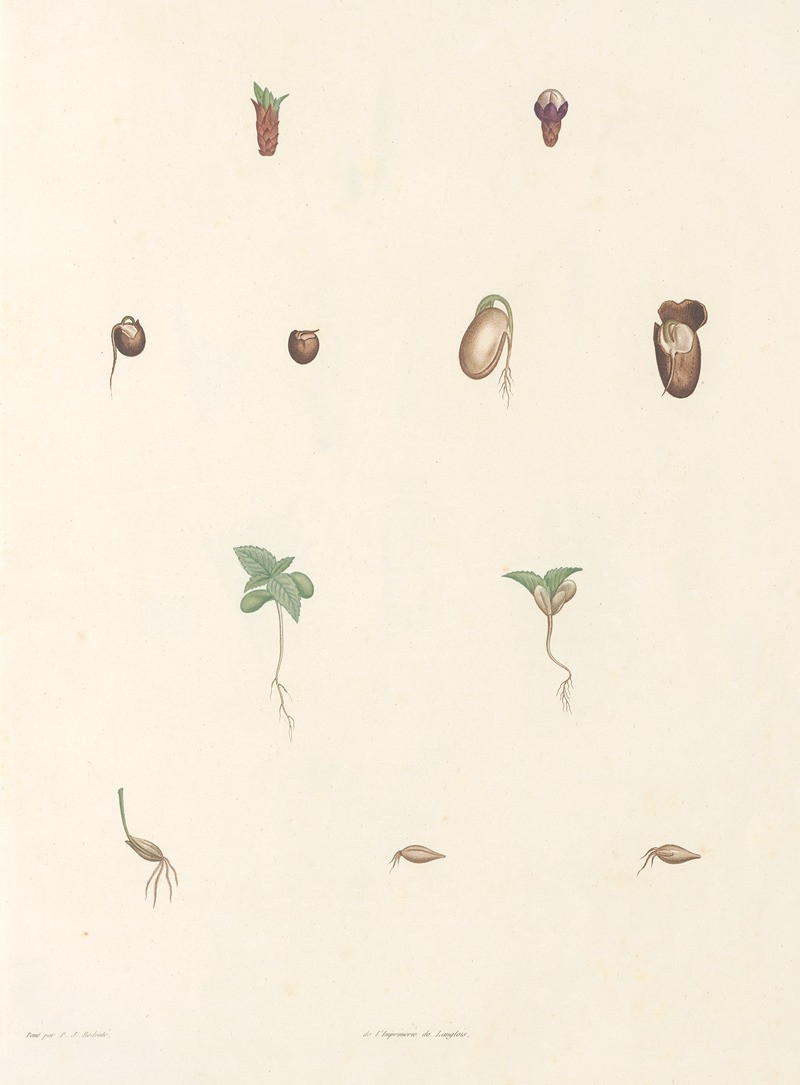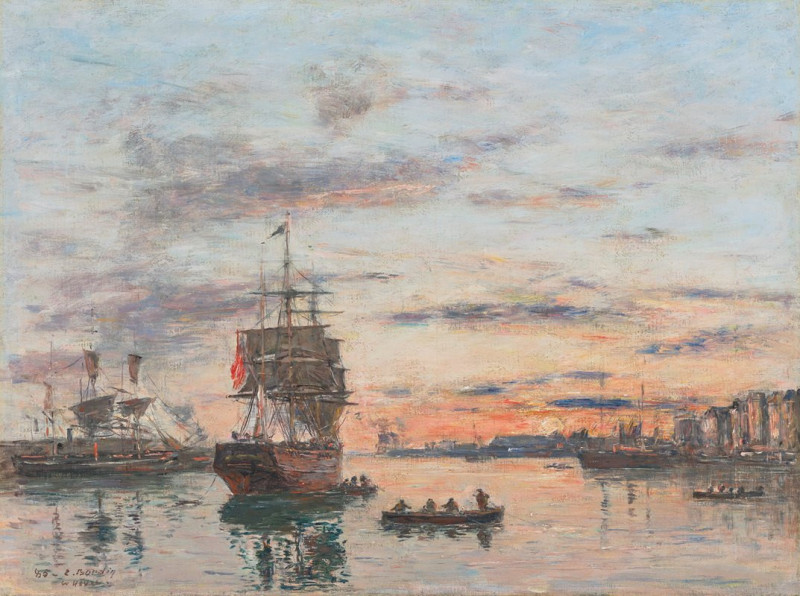C’est ici, chez nous! (1916)
Technique: Giclée quality print
Recommended by our customers
More about this artwork
"C’est ici, chez nous!" (This is Here, Our Home!) by Théophile Alexandre Steinlen, drawn in 1916, captures a poignant moment amidst the backdrop of wartime Europe. The graphite sketch poignantly portrays a family: a woman, a child clutching her skirt, and a boy, all portrayed with an essence of weariness and resilience. They are likely refugees, burdened with their few possessions, traversing through a war-ravaged landscape. The ruins and desolate scenery depicted in the background, including a shattered steeple, underscore the harsh realities of war.The mother, depicted as the central figure, carries a large sack, embodying the strength and burden of maintaining the family amid adversity. The children, beside her, reflect innocence and the impact of conflict on the young. Steinlen’s use of gestural lines and soft shading in graphite lends an immediacy and emotional depth to the scene, inviting viewers to reflect on the personal narratives behind historical upheavals.
Delivery
Returns
Théophile Alexandre Steinlen, was a Swiss-born French Art Nouveau painter and printmaker.
Born in Lausanne, Steinlen studied at the University of Lausanne before taking a job as a designer trainee at a textile mill in Mulhouse in eastern France. In his early twenties he was still developing his skills as a painter when he and his wife Emilie were encouraged by the painter François Bocion to move to the artistic community in the Montmartre Quarter of Paris. Once there, Steinlen was befriended by the painter Adolphe Willette who introduced him to the artistic crowd at Le Chat Noir that led to his commissions to do poster art for the cabaret owner/entertainer, Aristide Bruant and other commercial enterprises.

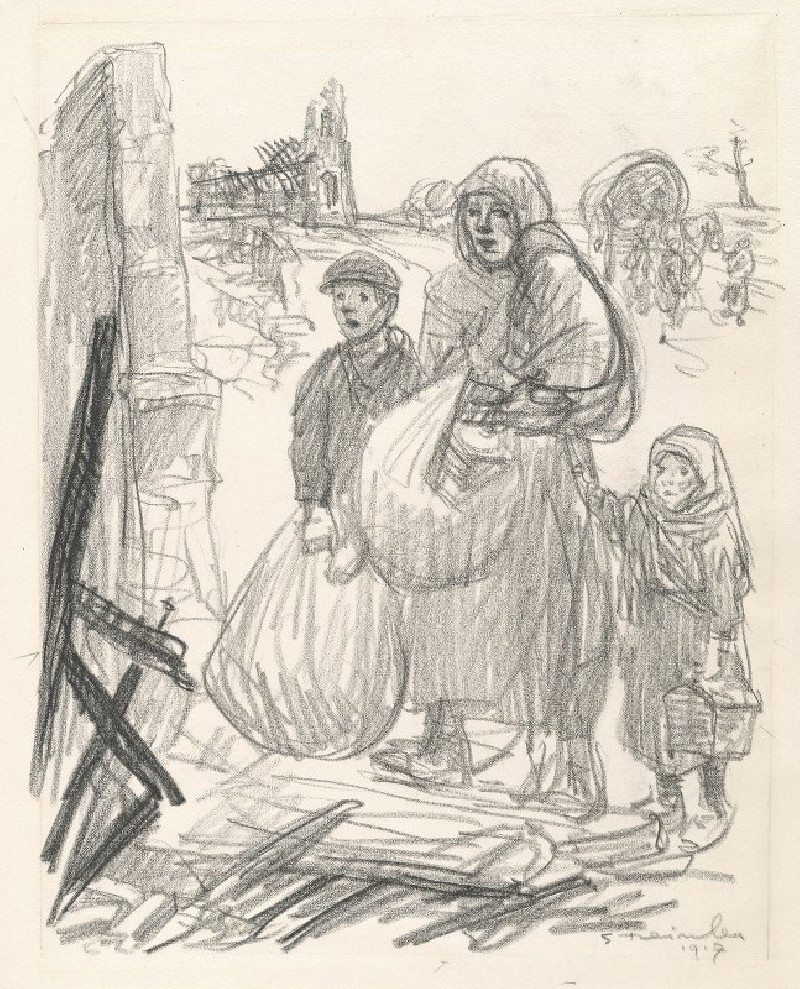
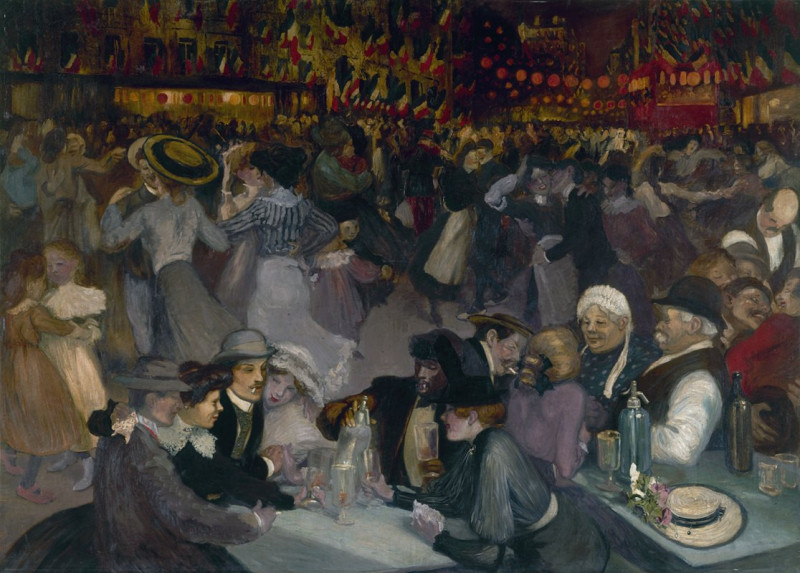
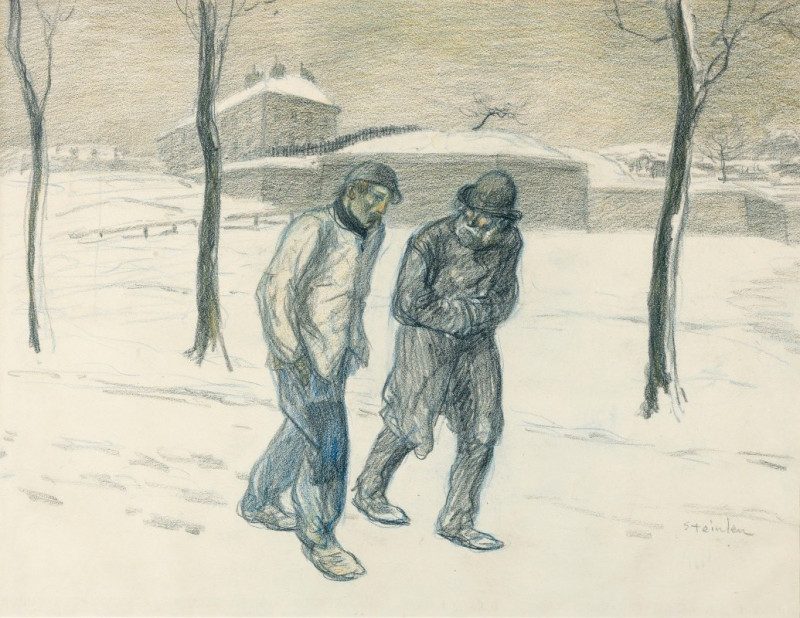
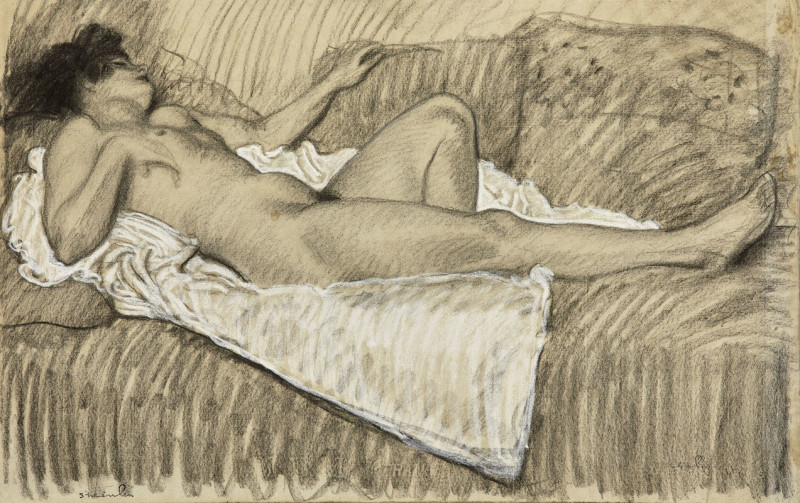

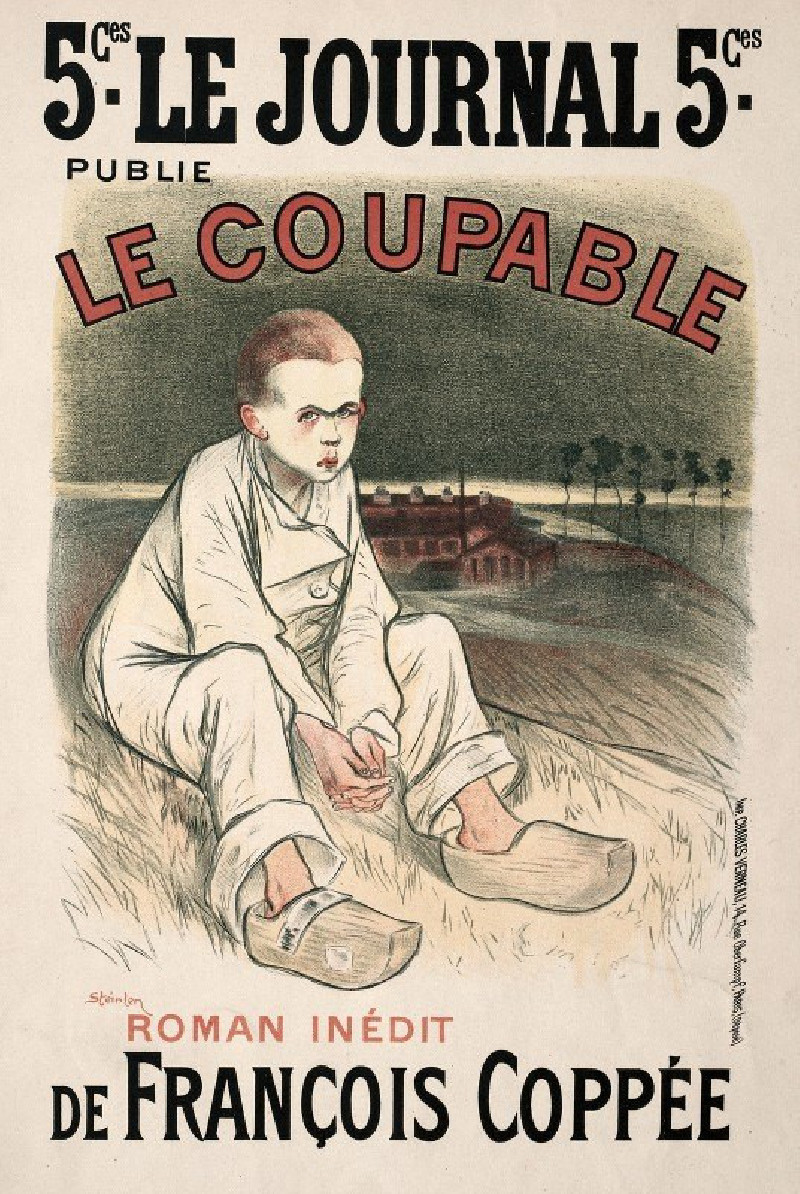
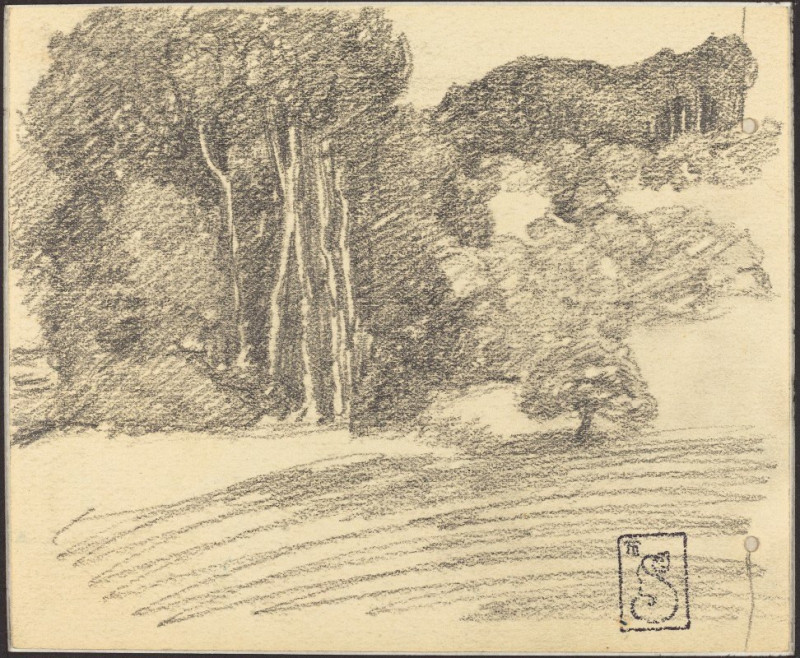

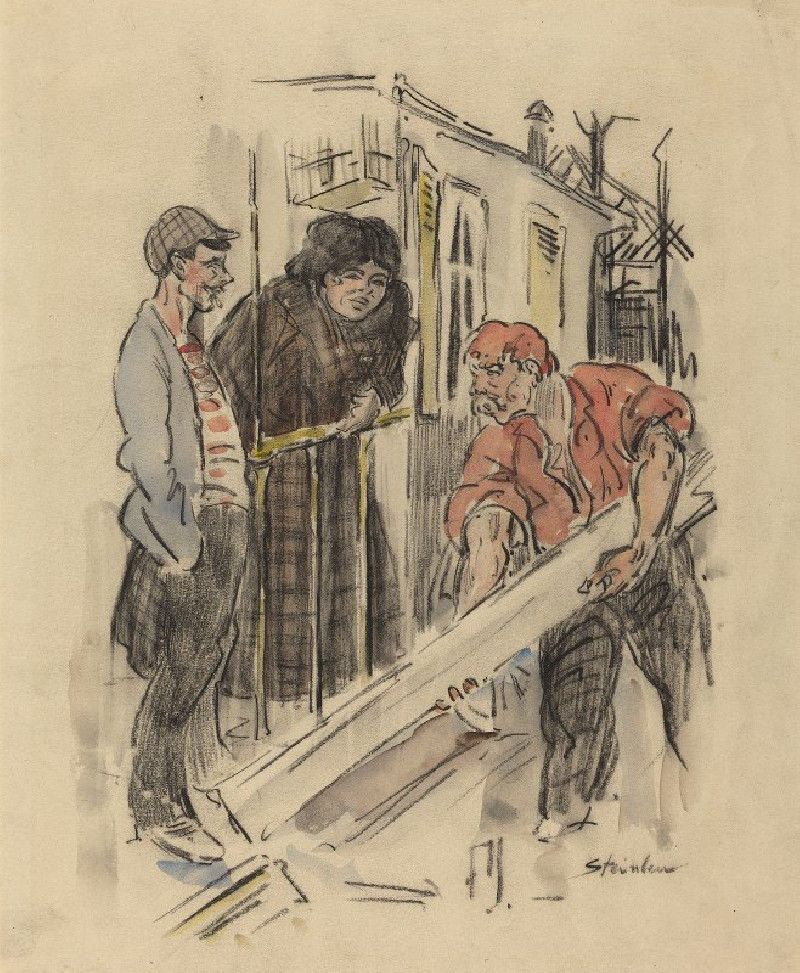




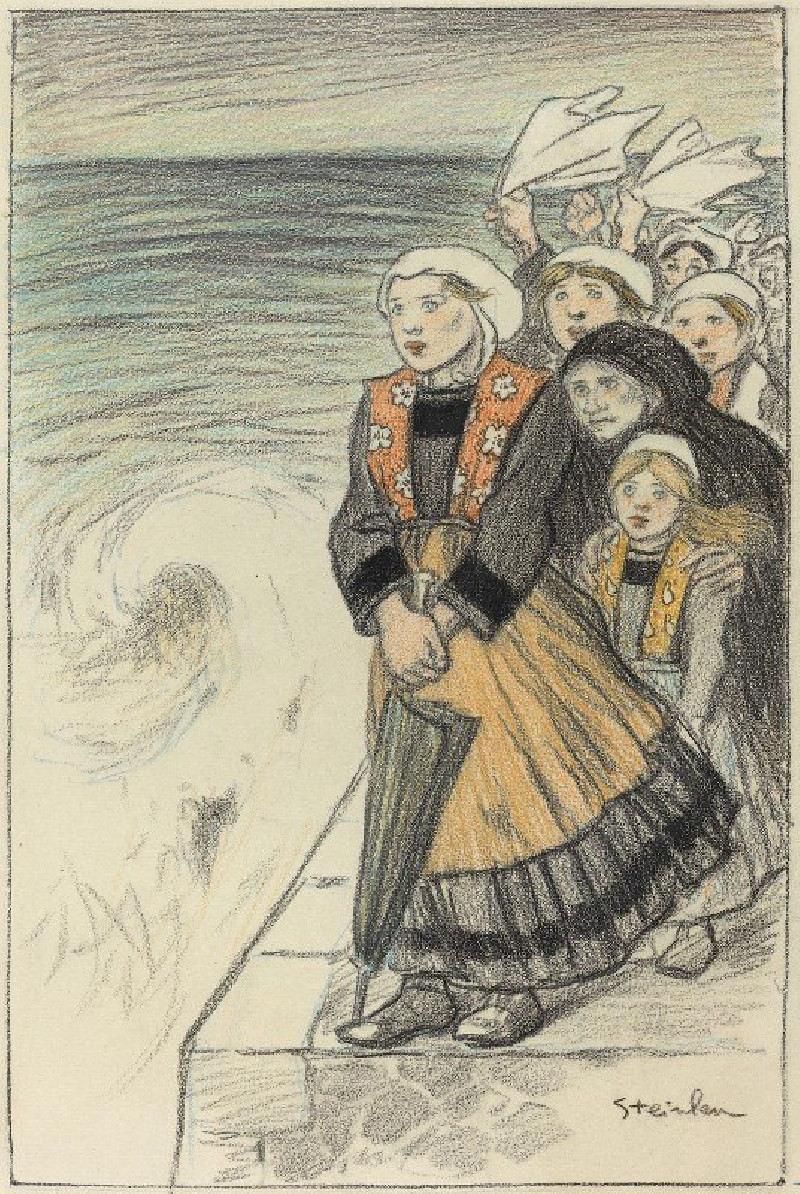
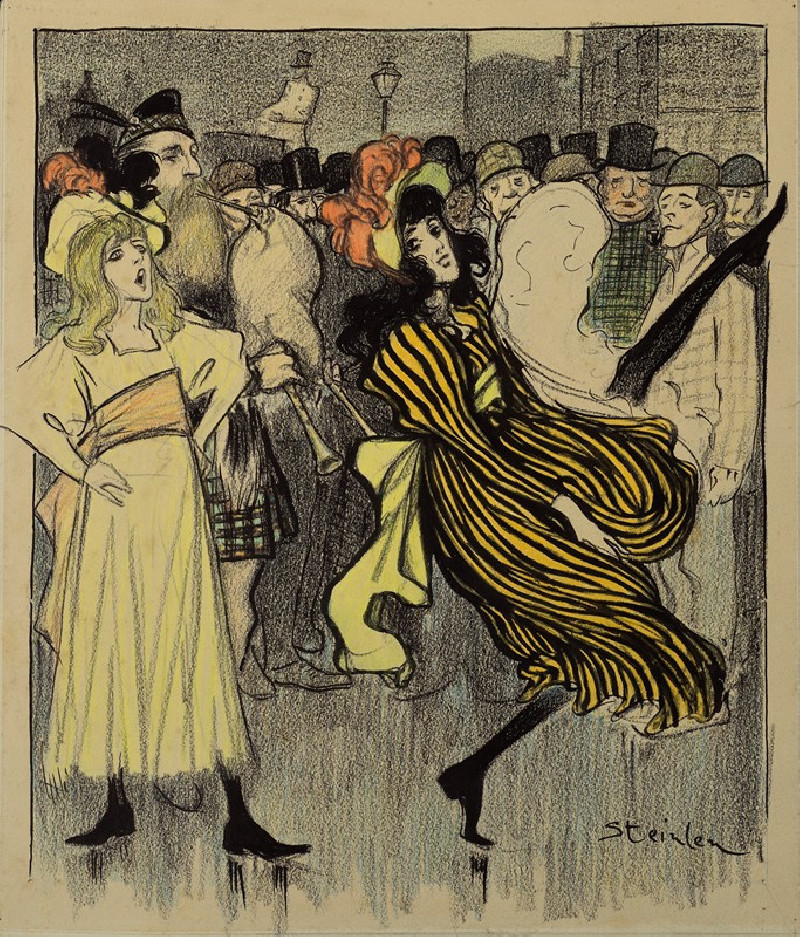
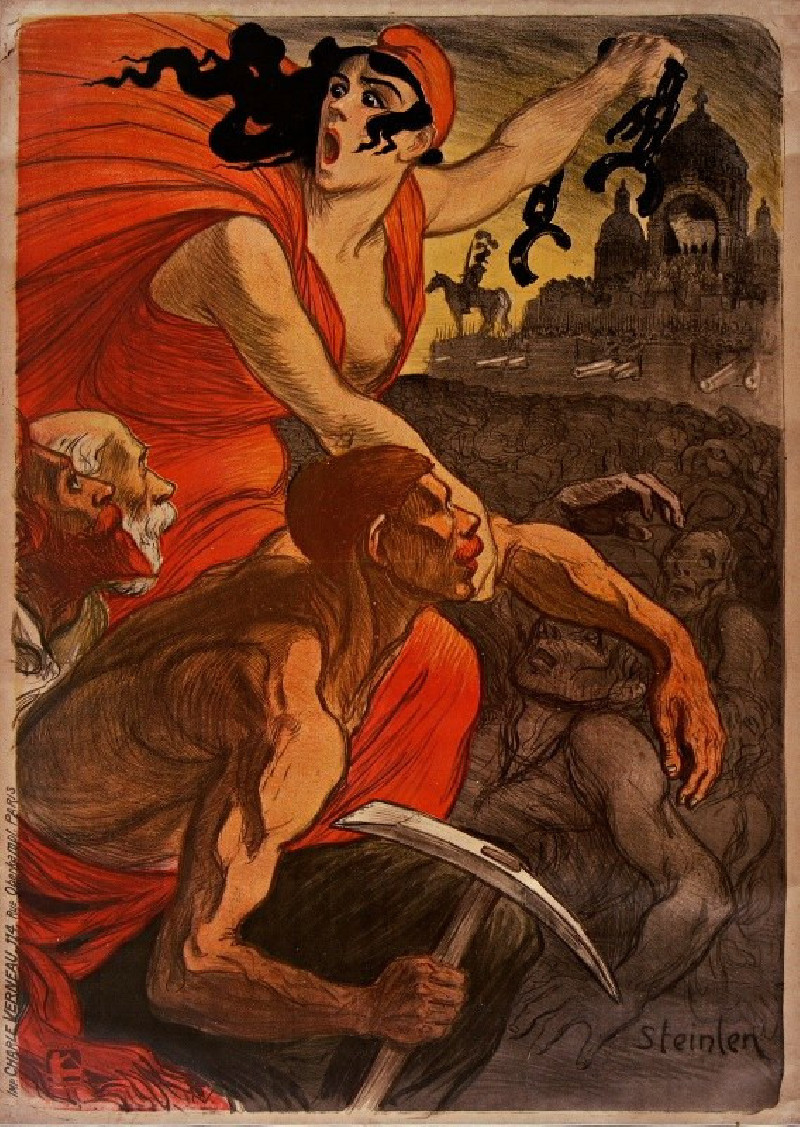
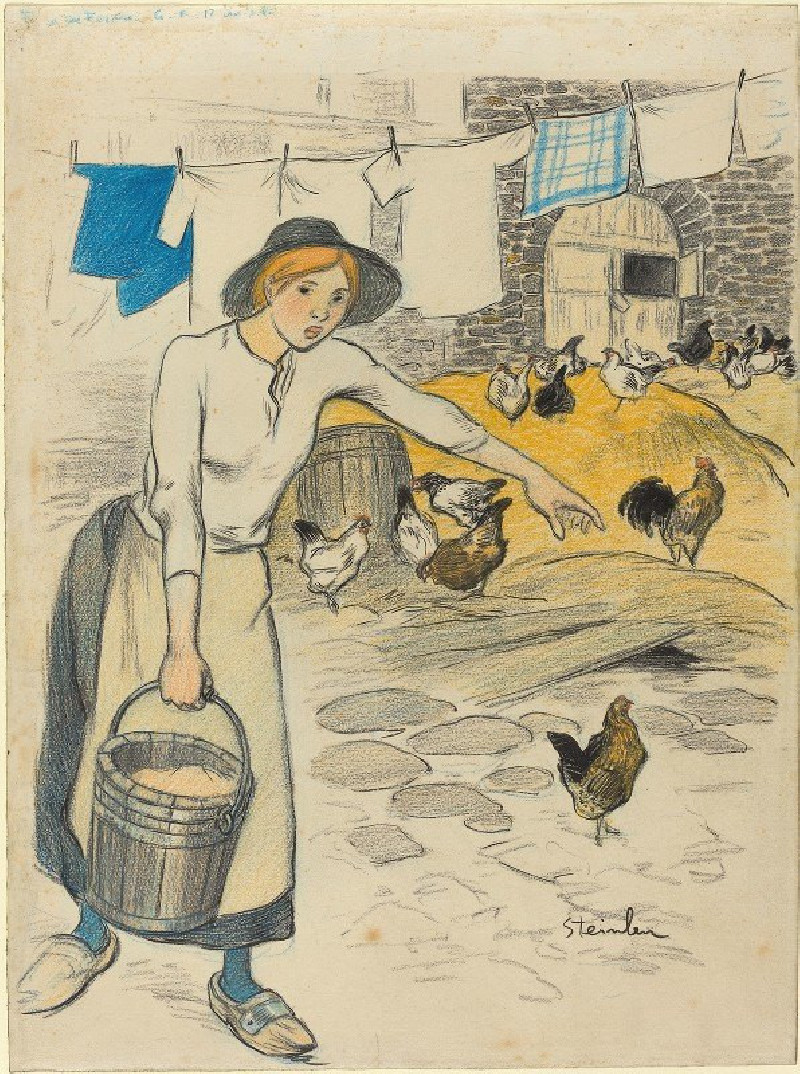
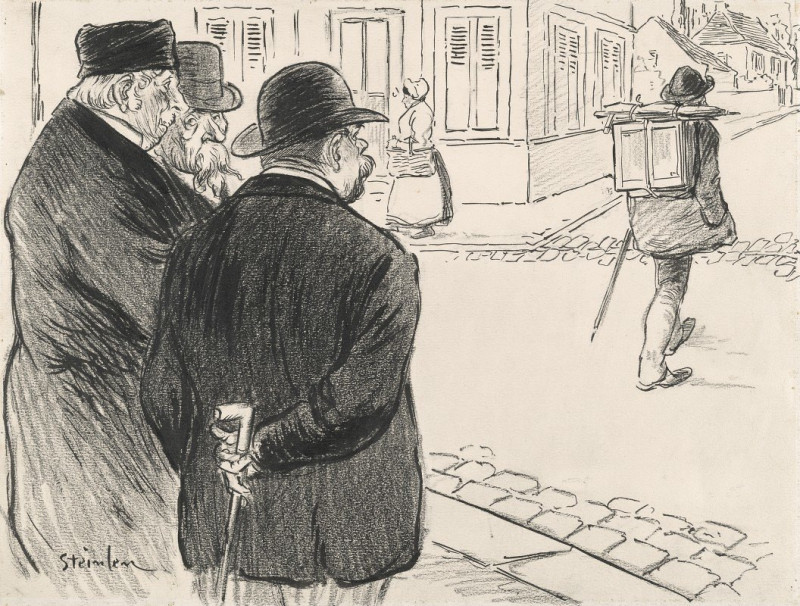
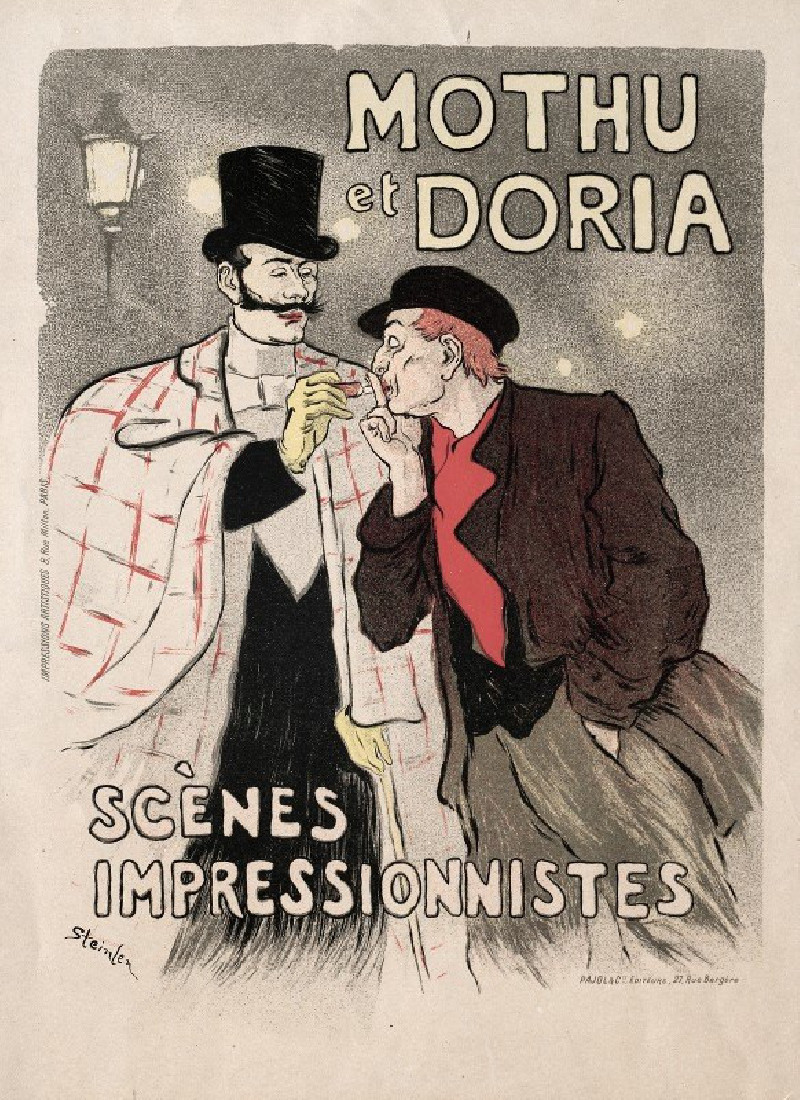

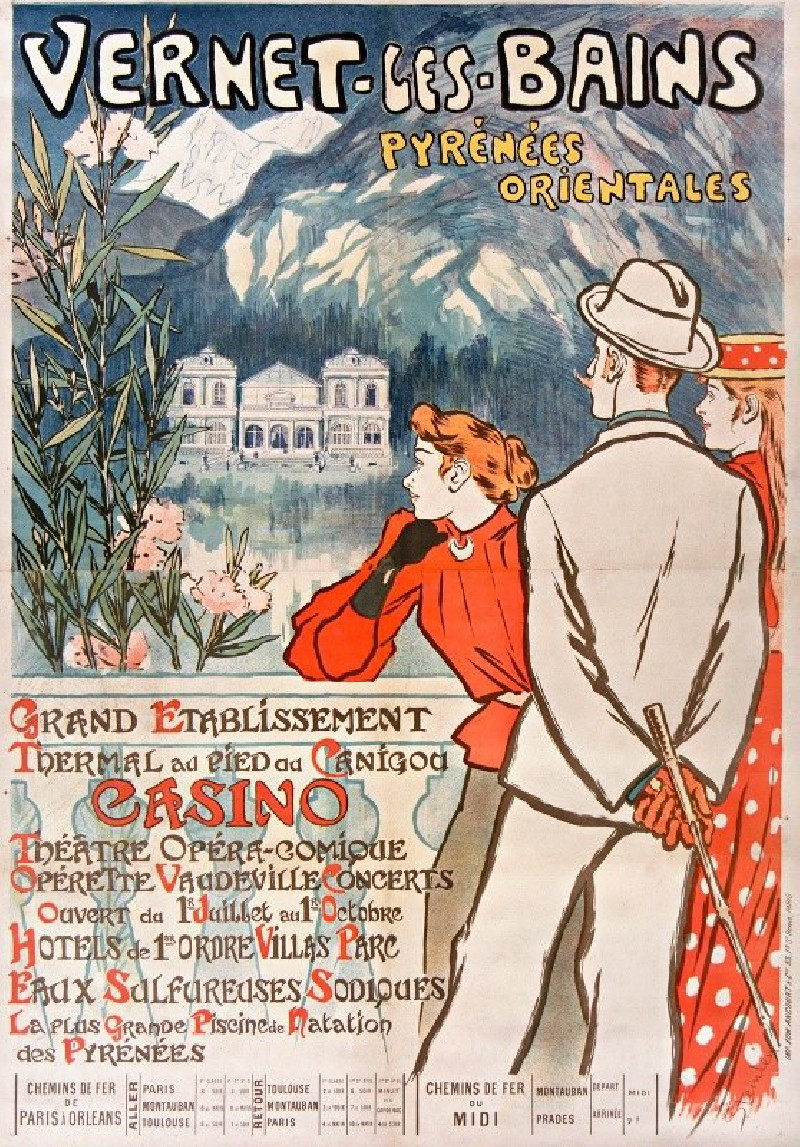
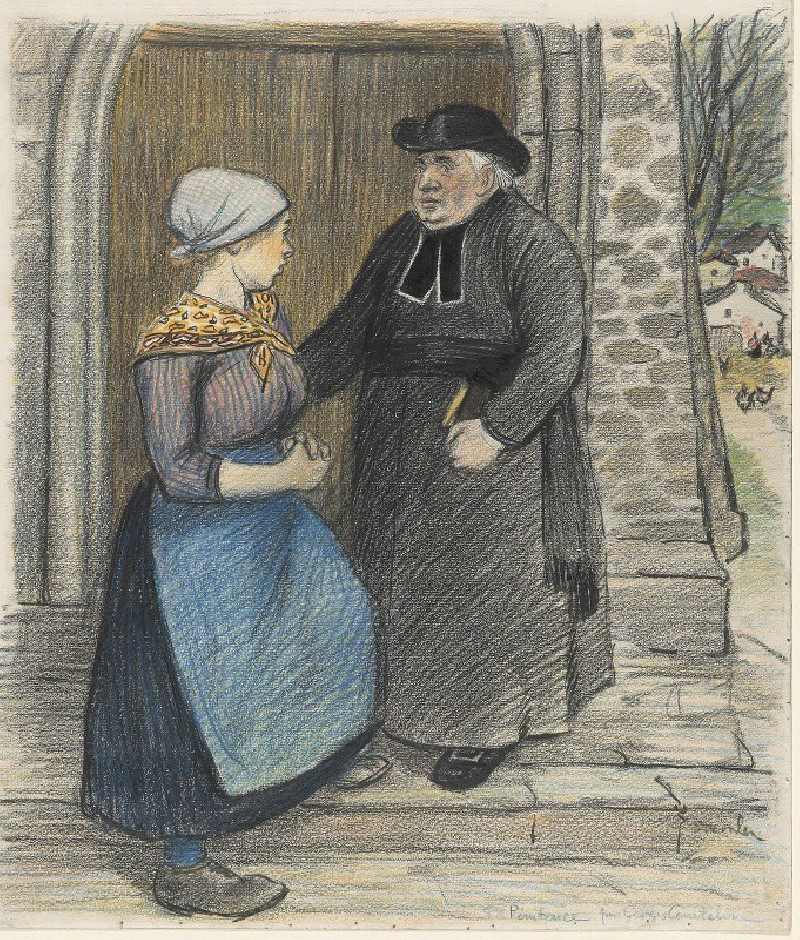
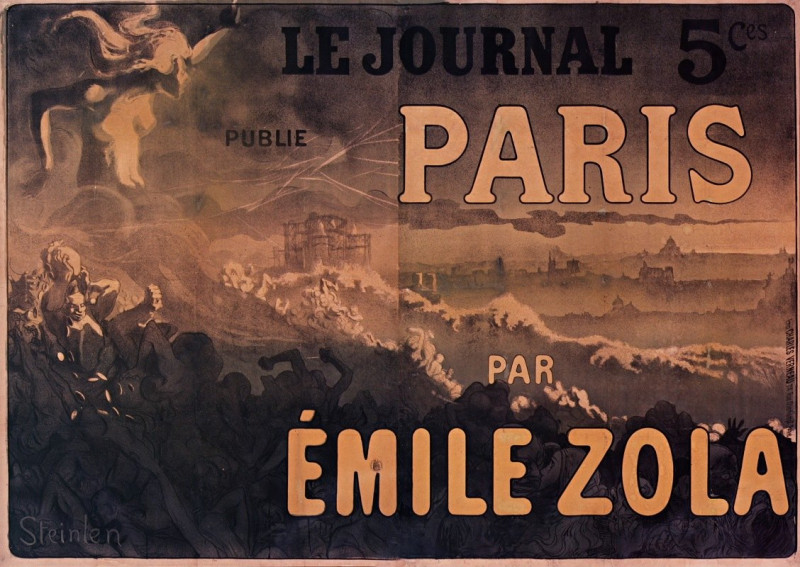

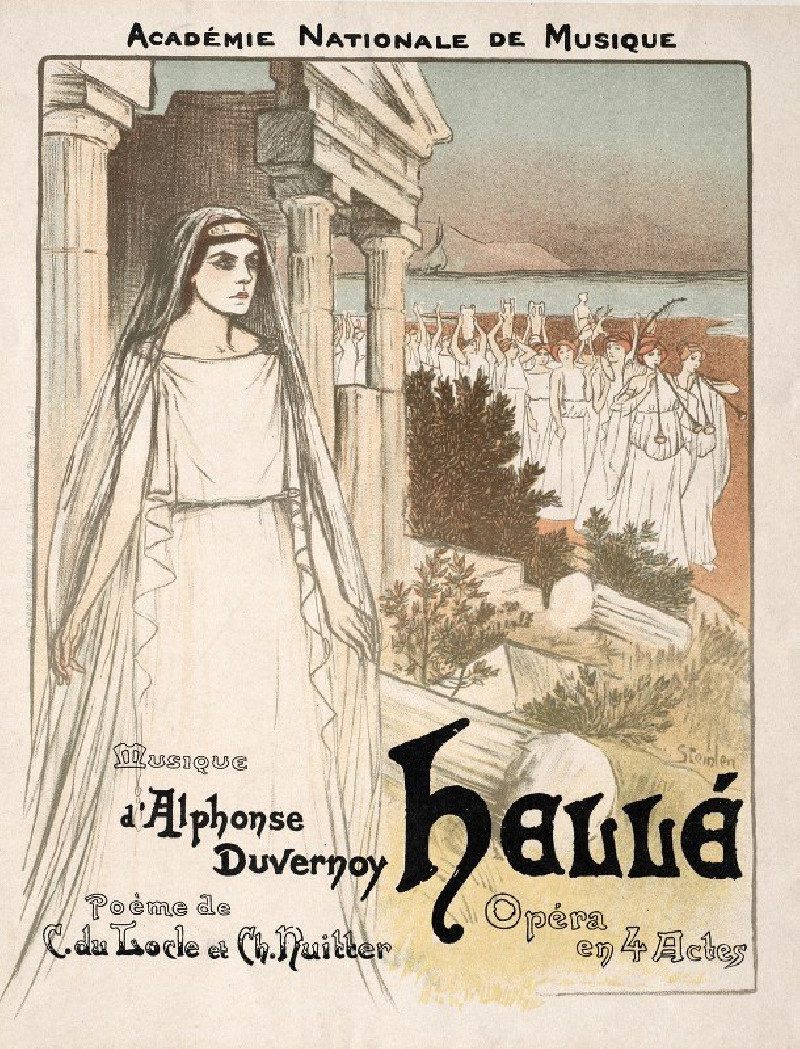
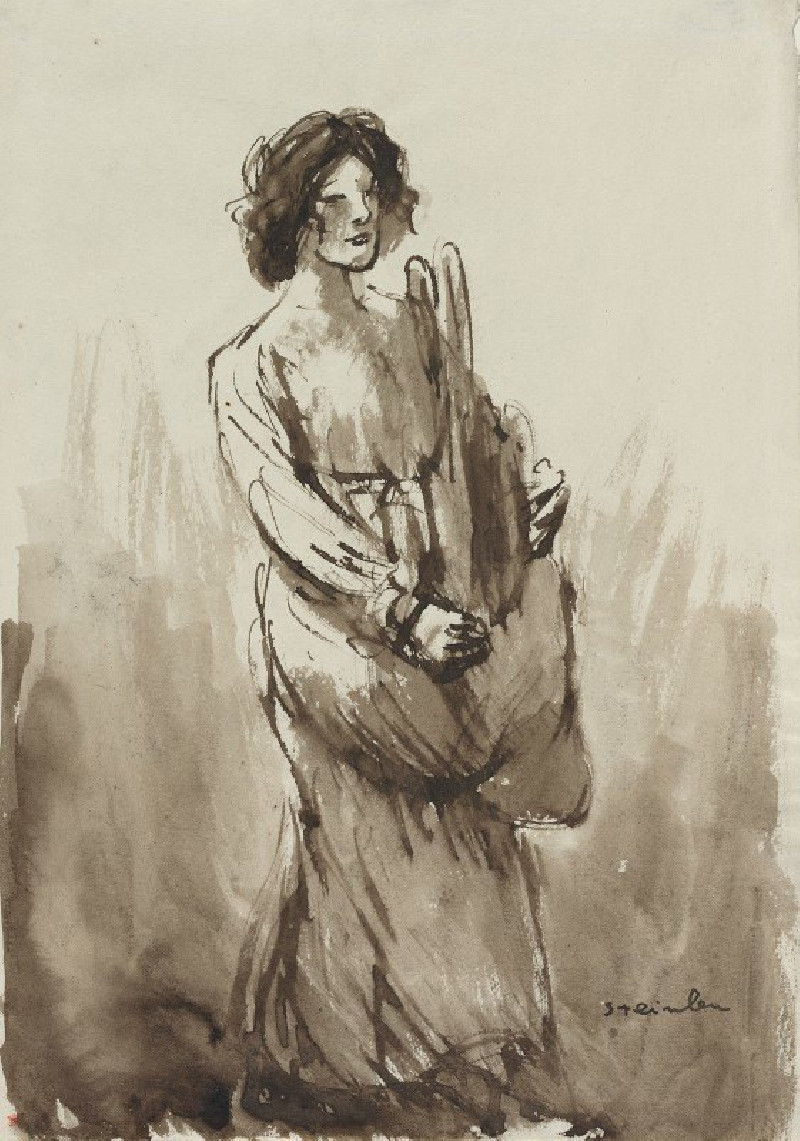


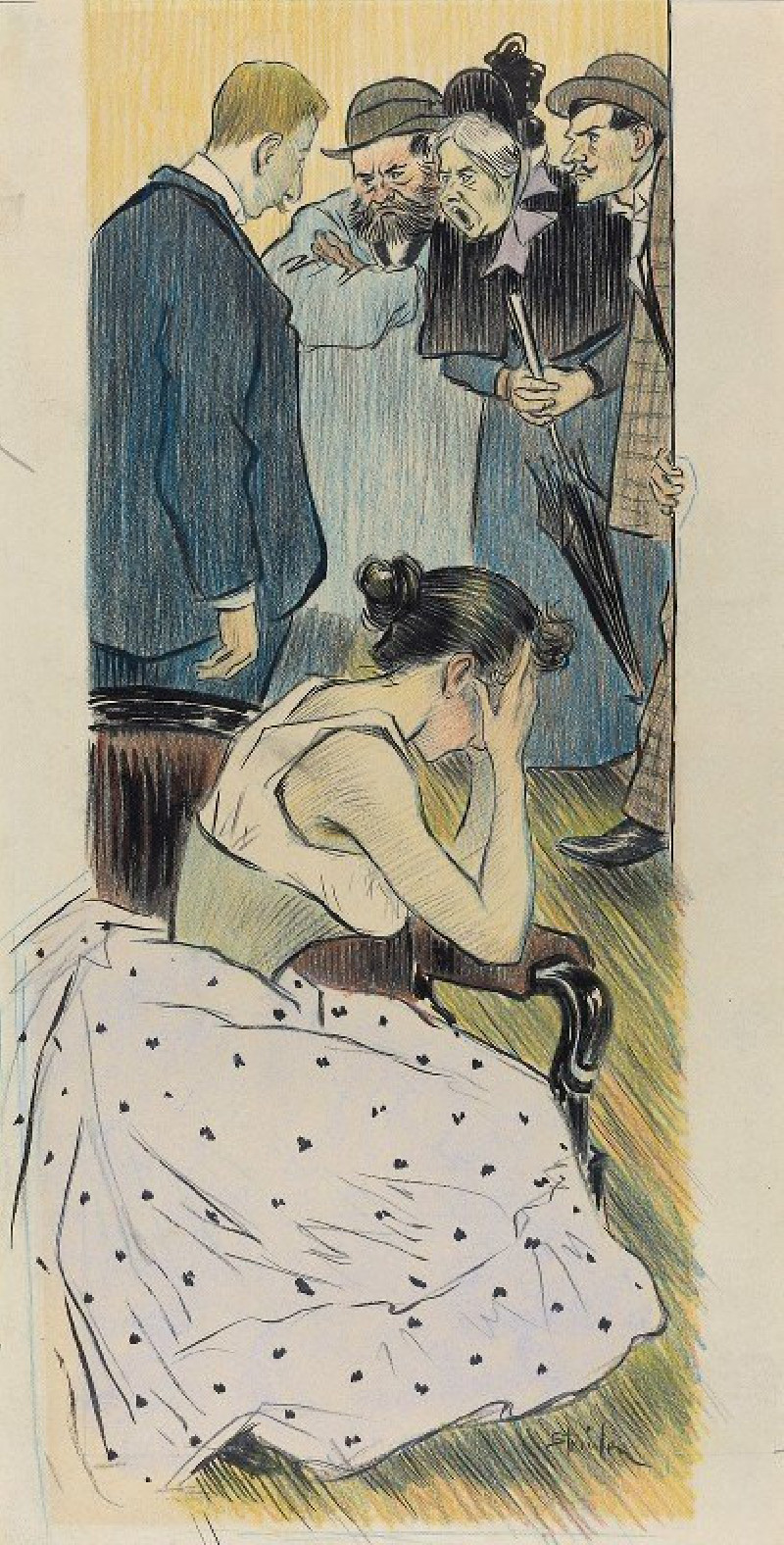
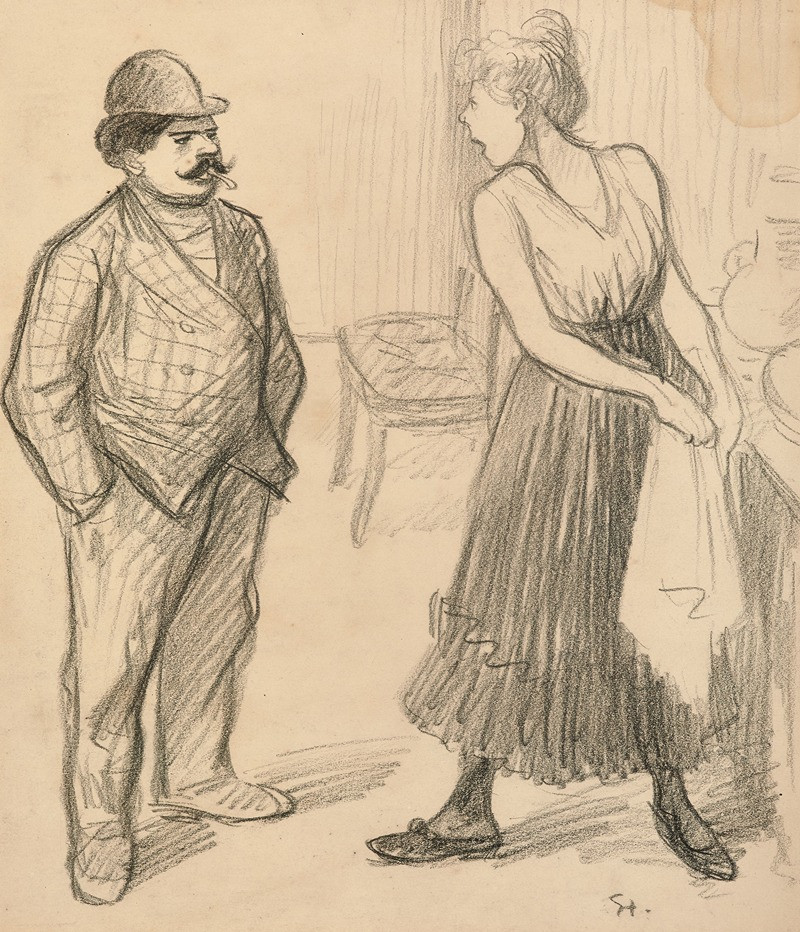
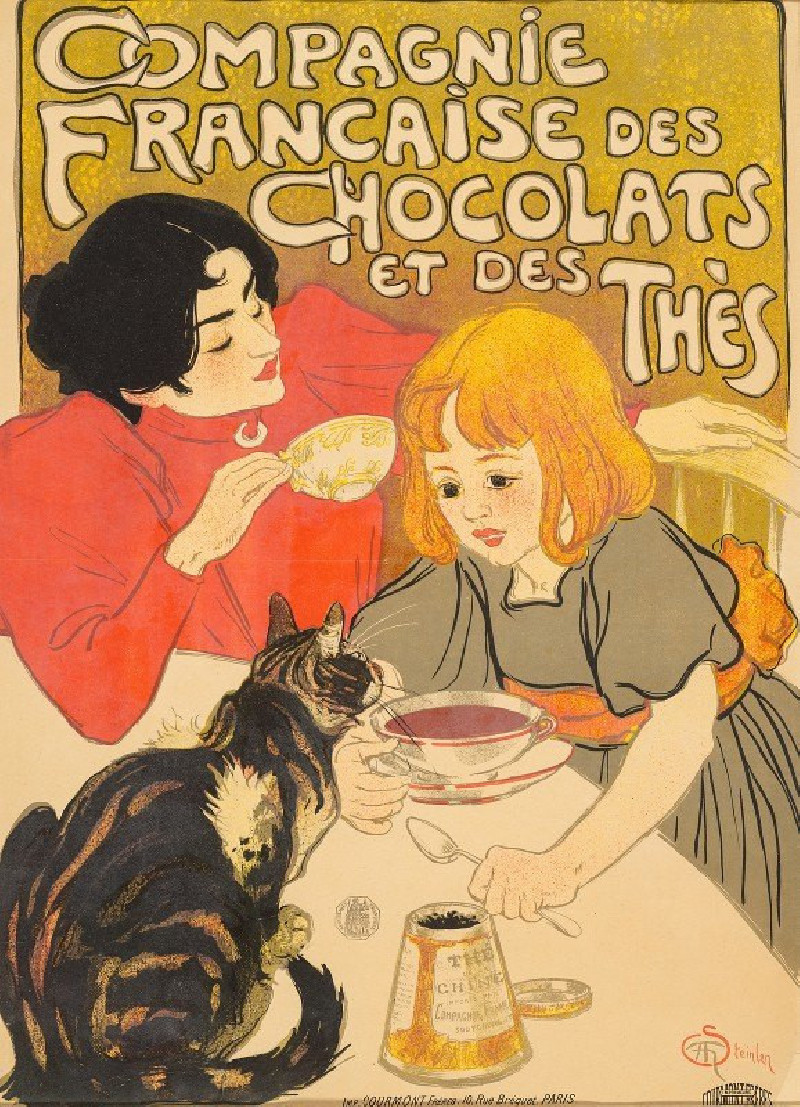
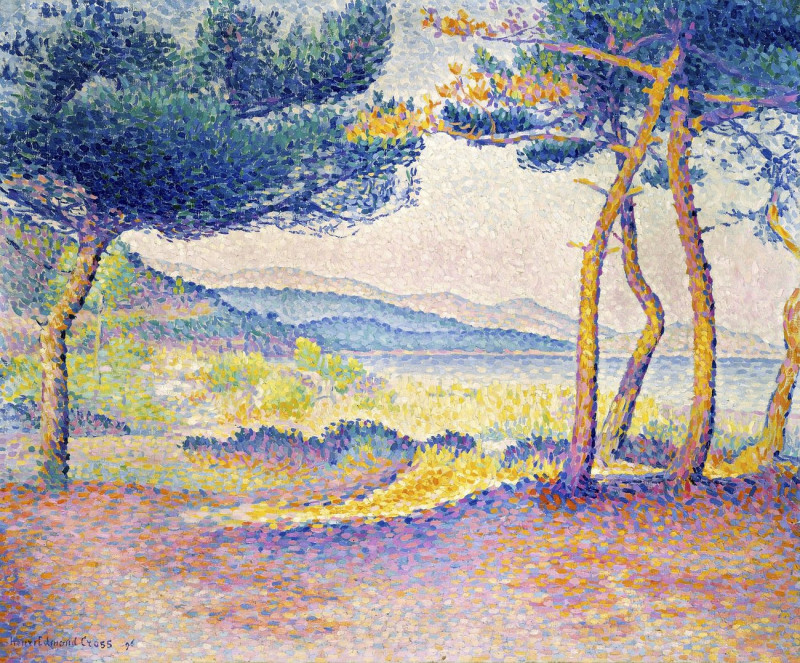
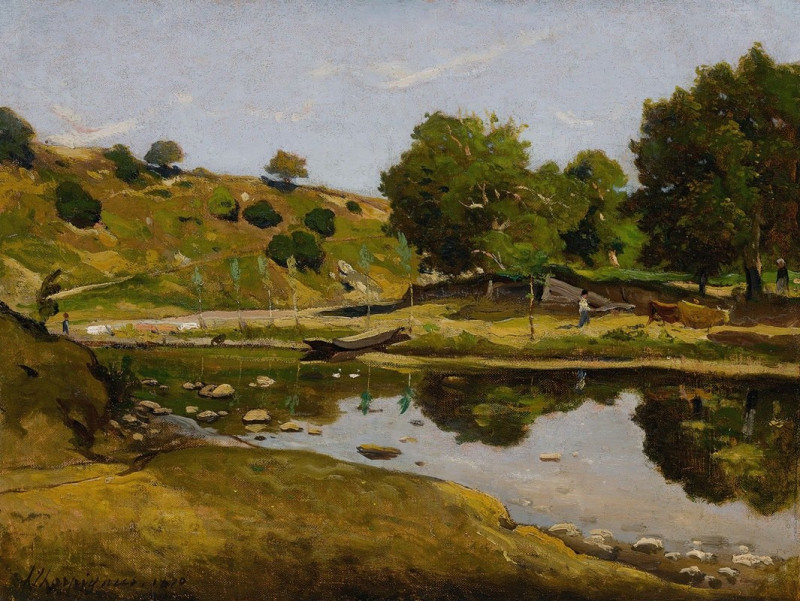
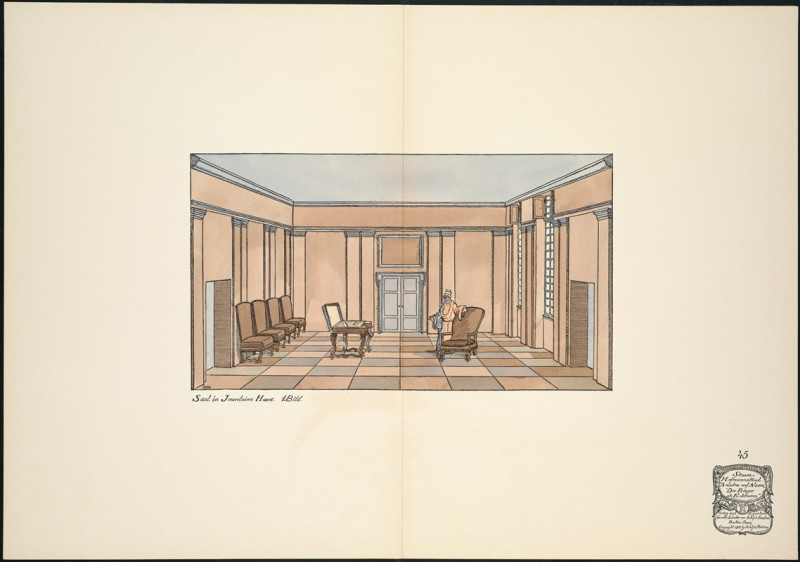



![Altweibersommer [Indian summer] reproduction of painting by Marie Egner. ALL GICLEE PRINTS](https://reprodukcijos.lt/44195-large_default/reproduction-of-altweibersommer-indian-summer.jpg)
